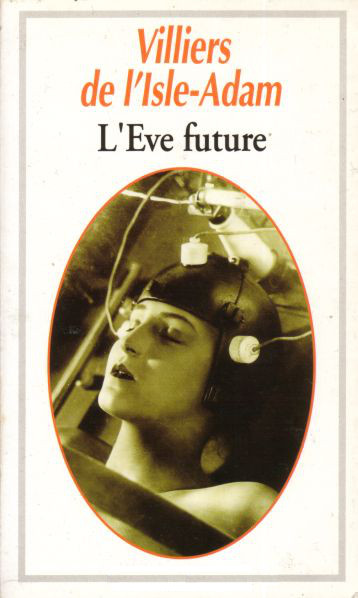Magnus Ljunggren: The Russian Mephisto: A Study of the Life and Work of Emilii Medtner (1994)
Filed under book | Tags: · biography, history of literature, literature, psychology, symbolism

Emilii (Emil) Medtner is an undeservedly forgotten key figure in early twentieth-century European culture. He had a central position in the Russian Symbolist movement, where he made it his mission to bind the young writers (especially Andrei Belyi) closer to German literature, philosophy, and music. After the outbreak of World War I he moved to Zurich, where he became a patient, friend, and—later—colleague of Carl Gustav Jung. Through his unique Russian experience he confirmed and corroborated vital aspects of Jung’s new psychological theory. As his role of intermediary demonstrates, there is a strong kinship between Russian Symbolism and Jungian analytical psychology. The letters and most of the photographs in this volume have never been published before.
Almqvist & Wiksell, Stockholm, 1994
Stockholm Studies in Russian Literature series, Vol. 27
ISBN 9122016562
240 pp
Review (Avril Pyman, The Slavonic and East European Review)
PDF (updated on 2013-12-8)
Comment (0)Auguste Villiers de l’Isle-Adam: L’Ève future (1886-) [French]
Filed under fiction | Tags: · android, cinema, science fiction, symbolism, technology

The young Lord Ewald is close to suicide because of his beautiful but emotionally and intellectually stuck fiancée. His friend, engineer Thomas Edison, replies by offering to construct for him a machine-woman in the form of his fiancée but without any of her bothersome personality.
The Future Eve (or Tomorrow’s Eve) has been discussed as a key text in the Decadent movement, and as an important work of 19th century science fiction, known for popularizing the term android [Andreid]. It is particularly criticized for its misogyny.
Publisher De Brunhoff, Paris, 1886
via Daniela Cascella
wikipedia (incl. plot, in English)
review (Boyd Petersen, The New York Review of Science Fiction)
commentary (Verena Kuni, MediaArtNet)
commentary (T. Ross Leasure, Latch)
PDF (1886 edition, multiple formats, Gutenberg.org)
PDF (1909 edition, multiple formats, Archive.org)
Joris-Karl Huysmans: Against Nature (1884–) [FR, CZ, DE, EN, ES, PL, NO, IT]
Filed under book, fiction | Tags: · bourgeoisie, decadence, fin de siècle, symbolism

“The narrative of this novel concentrates almost entirely on its principal character and is mostly a catalogue of the tastes and inner life of Jean Des Esseintes, an eccentric, reclusive aesthete and antihero who loathes 19th-century bourgeois society and tries to retreat into an ideal artistic world of his own creation. The novel contains many themes that became associated with the Symbolist aesthetic. In doing so, it broke from Naturalism and became the ultimate example of ‘decadent’ literature.” (Wikipedia)
French edition
With illustrations by Auguste Leroux
Publisher A. Ferroud – F. Ferroud, Paris, 1920
219 pages
English edition: Against the Grain
Translated by John Howard
Introduction by Havelock Ellis
Publisher Lieber & Lewis, New York, 1922
331 pages
English edition: Against Nature
Translated by Robert Baldick, 1956
With an Introduction and Notes by Patrick McGuinness
Publisher Penguin Books, 2003
ISBN 9780141906607
À rebours (French, 1884/1920), HTML, IA
Na ruby (Czech, trans. Arnošt Procházka, in Moderní revue, 1896, pages 9-16, 44-53, 69-76, 116-124, 148-152 and 174-183, added on 2015-2-5)
Gegen den Strich (German, trans. Hans Jacob, 1921/1978, added on 2015-2-5)
Against the Grain (English, trans. John Howard, 1922), IA
Al revés (Spanish, trans. Rodrigo Escudero, 1977, 12 MB, added on 2015-2-5)
Na wspak (Polish, trans. Julian Rogoziński, 1977, 40 MB, added on 2015-2-5)
Mot strømmen (Norwegian, trans. Jan Olav Gatland, 1998, requires Norwegian IP)
Against Nature (English, trans. Robert Baldick, 2003, EPUB)
Controcorrente (Italian, 2014, EPUB, added on 2015-2-5)

